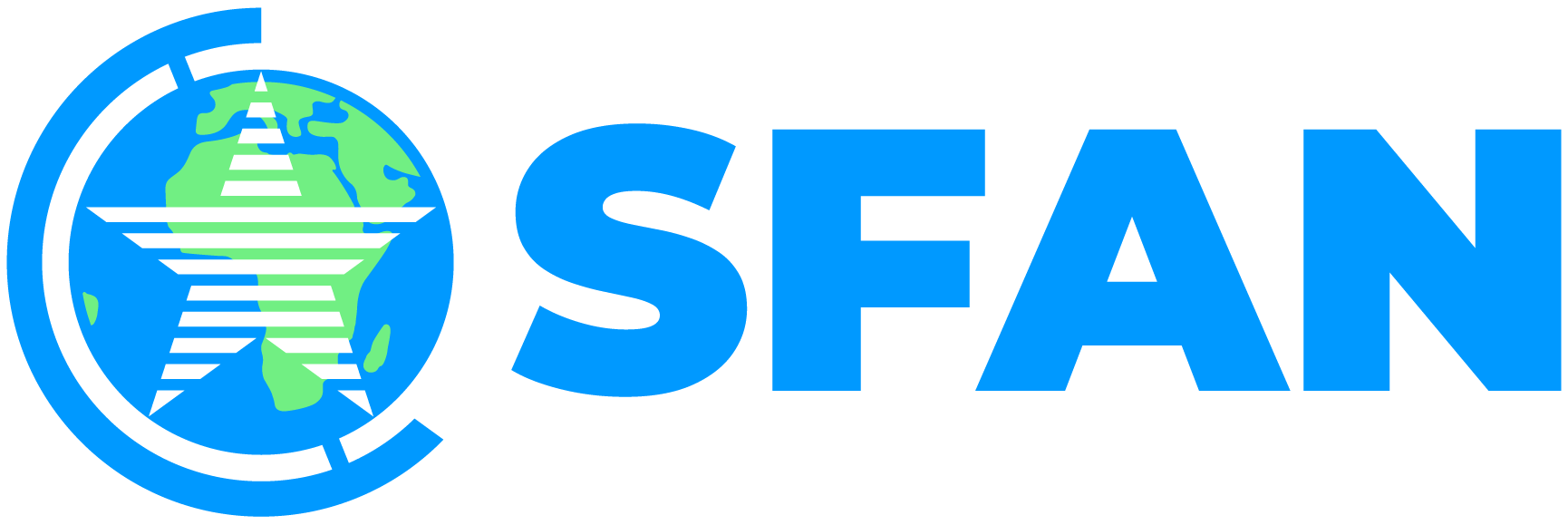Powerful Strategies for Building a Winning Personal Brand on Twitter
by SFAN Staff · Career advice
Sun, 04 Mar 2018 · 3 minute read
Share

It used to be when you want to get closer to people you don’t have access to, you look for someone to introduce you to them. But with tools like Twitter (now X), connecting with anyone -- and everyone -- is one direct message (DM) or mention away.
Although many pundits are writing Twitter obituaries with #RIPTwitter, the numbers tell a different story. With about 368 million monthly active users, Twitter, or X is, an incredible resource for personal branding and making vital connections.
If you are a job seeker, X can help you discover great companies and the people who work in them.
More so, X helps you amplify your voice.
A recent, notable example is the story of this Ghanaian teacher who educates his students on computer technology without any computers. The image of him using a blackboard with a diagram of Microsoft Word drawn upon it became an immediate sensation. It took just one tweet from 'The Queen of African Tech,' a nickname for Rebecca Enonchong of AppsTech, for Microsoft to commit to supporting him and his school.
So, how can you catch on to this whirlpool of resources to make your career move?
Below are actionable insights on how to build an image that gets you hired.
1. Role-Model the Pros
The first step to mastering this nirvana is to understand how it works.
Like many things in life, observation is key to learning the in-game of X. Connect with the pros. Learn what they do.
Seriously! Until you've learned how to weave together smart and crafty posts that get attention, do not send any posts. Sharing loose and random thoughts might hurt your career in the future because recruiters will always look you up when you apply for jobs.
The beauty of X is that one connection can lead you to a whole new community.
Use tools like Mentionmapp, Twitalyzer, and HootSuite to easily plot a savvy graph of influencers, professionals, and companies to follow.
Follow companies you hope to work with. Skip to number four for advice on how to get them to notice you.
2. Define Your Identity
When it comes to personal branding, identity is everything. That begins with your username. Unless the account you wish to create is a burner account, keep your username professional. You should ideally use your full name as your username.
Next, choose one to three subjects that interest you. Build your equity around those subjects.
If it is true that you are what you eat, it is equally true that you are what you post. Make it easy for anyone who visits your profile to clearly see your achievements and focus. You cannot be everything to everyone, but you can be something to everyone.
Further, select a profile and cover photos that reflect your purpose. Use a profile picture that reflects the persona you’re building.
The next area of attention is your bio section. Make your bio a marketing tool. Highlight what you've achieved, what you care about, and (or) opportunities you're looking for.

Emmy award winner, Chris Do is a designer, director, and Chief Strategist of Blind, aspiring to teach 1 billion people how to make a living doing what they love. He uses his X bio to showcase and market his services, inviting his profile visitors to "Learn how to get more clients, grow your influence, and build a personal brand."
3. Find Your Rhythm
When you've fine-tuned your profile to highlight your vision and interests, the next step is to find your rhythm. Start posting!
Decide the tone and voice of your posts. Choose when/how often you want to communicate with your followers.
Gather Content defines the tone and voice as follows:
- Voice: Your brand personality described in an adjective. For instance, brands can be lively, positive, cynical, or professional.
- Tone: A subset of your brand’s voice. Tone adds a specific flavor to your voice based on several factors, such as audience, situation, and channel.
The Director of Marketing at Buffer, Kevan Lee, unpacks that a step further. Essentially, he says, there is one voice for your brand and many tones that refine that voice.
Voice is a mission statement.
Tone is the application of that mission.
As much as the aim is to remain visible to recruiters, being circumspect with what you post and when you post is needed. Products like bitly provide valuable data that helps you gauge the reactions to your posts and measure the peak times to post.
Post when your followers are online. That way, they can potentially repost it.
Moreno, pay attention to your language and post structure. Don’t always use all the characters. Social media trends are constantly changing. Keep abreast with the latest trends.
When you have chosen a language structure, try to keep it up. The idea is to be professional while being as real as possible.
4. Share Valuable Content
Content is still king. The more things change, the more they remain the same. Regardless of the dwindling attention span of social media users nowadays, people still love great content.
Focus on providing exclusive insights, valuable tips, and useful resources.
You don’t have to be an expert to do this. The internet is filled with resources you can share. Do not repurpose another person’s content without attribution. You will lose credibility if you plagiarise.
Also, you can start your own blog and share your perspectives with your network. If you make your handle a valuable resource center for useful tools, people will take notice.
X is great for amplifying your messages through reposts. If you need help with this amplification, search out viral posts and trends, infuse your content into them, and boost your visibility.

Remember, whatever you post will show up on someone’s timeline, so think of how they read your content.
Before you repost, or share a post, it’s always advisable you read it, to avoid sharing content that does not align with your brand image. Also, use hashtags sparingly.
Use Google Link Shortener or bitly to shorten links. Add an image to your tweets as it improves your chances of getting retweets. Locate a website for free stock images and other tools in this post.
5. Connect With the Community
X is about making connections and engaging with people. Keep your posts as conversational as possible and communicate from your heart.
Don’t always focus on gaining popularity or going viral. Popularity has its place, but relevance will always trump cheap popularity. The value you offer to your community is the most important thing.
Read and repost companies and people you want to connect with. Be a promoter, support their cause, and be generous with reposts and comments. Everyone likes a compliment and affirmation. But make sure that it doesn’t come out as spam.
If and when you send a DM, state the exact action you need the person to take. Sending "Hello, how are you?" to a stranger is usually not a good communication line. People are busy with several things. Be specific with your ask and follow up when you don't hear back from the person. Be strategic with the frequency of your follow-ups.
6. Evaluate and Recommit
Reviewing your activity is important for building your brand and connecting with the right people. In the world of social media, things change very fast and you must continually evolve.
Always scroll through your timeline and read your tweets with an outsider’s eye. Review and refine your communication. You can even take occasional breaks and reconnect.
Use the tips from point one to create benchmarks that make you progressive. You can always create your own process when you've mastered the art.
Building a brand requires tact and patience. If your goal is to create a personal brand that will make hiring managers fight over you, then you must do it with intention!
Post and Get Hired!
Social media, and, X in particular, is a very powerful tool for building your brand and connecting with a global community. Whether you're a complete novice or a social media pro, the tips above will help you become so relevant that companies will pay you to represent them.
At ReadyforWork Digital Career Accelerator digital marketing track, we teach students how to use social media to build and grow their careers. We share social media best practices with case studies on leading brands and practitioners.
To learn more and enroll in an upcoming cohort, visit the RewadyforWork website.

